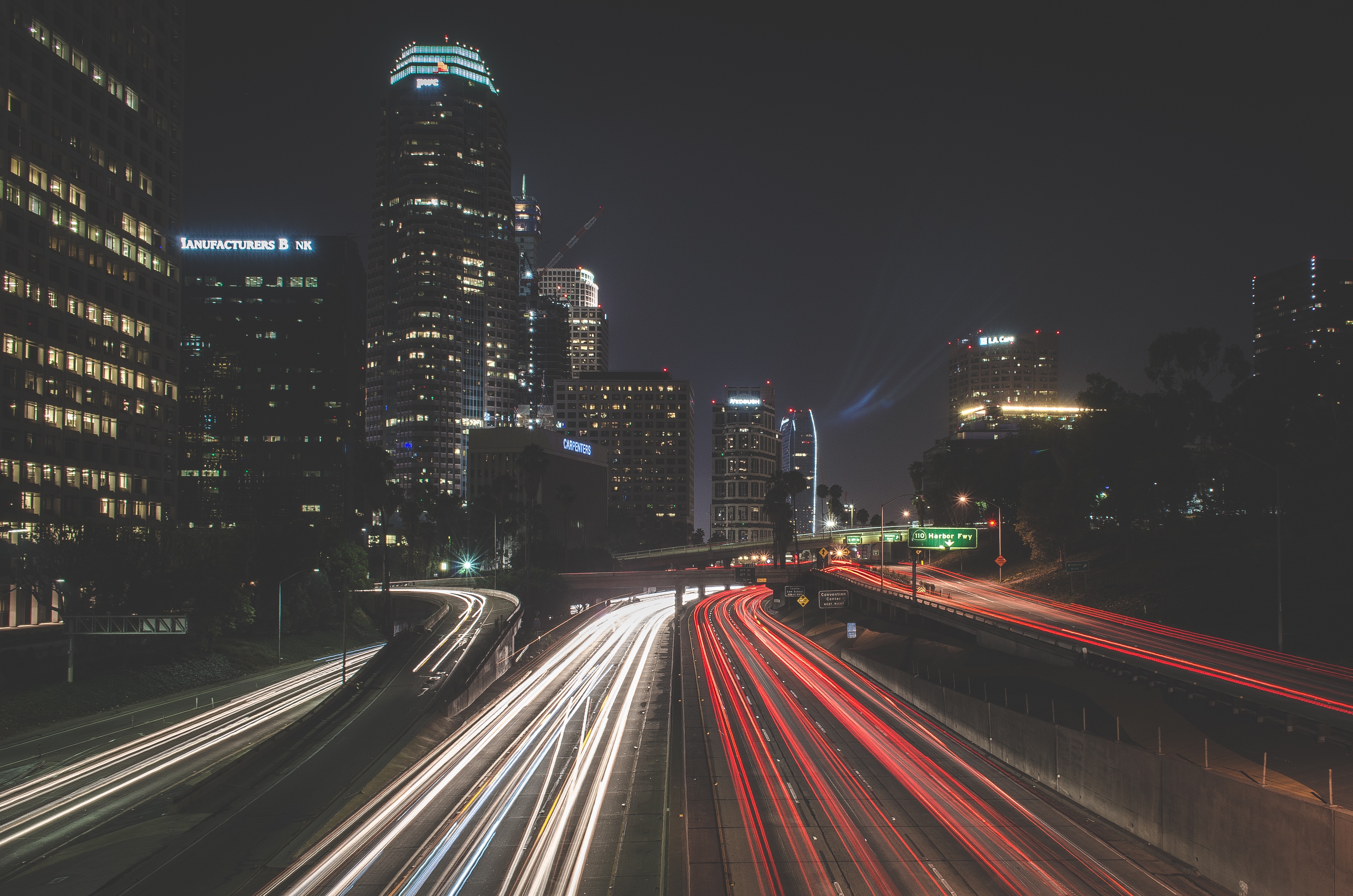The Quad: What really separates commuter students from Westwood dwellers?

(Creative Commons photo via unspalsh.com)
By Kelly Yeo
Nov. 25, 2015 7:43 p.m.
Commuting already sucks, but as UCLA aims its mobility and transportation plans going forward in favor of decreased reliance on single-driver cars, commuting is going to suck even more.
In terms of commuters with cars, parking issues were abound fall quarter, witharound 1000 students unable to secure parking on campus. The situation has only gotten worse as UCLA tries to curb single-driver commuting in favor of vanpools, carpools and other more sustainable forms of transportation, contracting the number of available permits all while the campus continues to grow in population size. These existing single-driver permits are considered costly enough at upwards of $231 a quarter to merit parking scholarships.
For middle-class students with disposable income, paying for parking is an easy trade-off when you’re saving upwards of $12,000, but students from low-income families struggle to pay even these parking fees, and often have to give up the possibility of driving to campus entirely. Only those who must travel incredibly long distances, such as from Orange County or the San Gabriel Valley, would consider paying for parking. Within the realm of local UCLA students commuting from home, it creates a socioeconomically divided commuter population, with the bulk of students from low-income families ending up in different statistical categories that on paper allow UCLA Transportation to proudly crow that single-car driver use is going down.
Even as the 2015 State of the Commute proudly champions the fact that a smaller percentage of UCLA commuters drive alone compared to the average in L.A. County, they fail to consider how these changes are often driven by an economic pressure that favors students from middle-class families with disposable income. In the long run, this can and will affect the already strained productivity and schedules of today’s commuters, with a more significant pressure applied to students from low-income families. Ultimately, a move to sustainable transportation will mean the widening of the gap between the time-poor and the time-rich in the UCLA student population, with time-poor and financially poor often being conflated.
Commutes lengthened on public transit, spent sweatily biking uphill to campus after a whirlwind commute as a bicyclist through L.A. traffic, or inconvenienced by airtight carpool schedules take more hours out of already hectic school days. For me, spending three hours round-trip of my day walking and taking the bus to Westwood, while entirely feasible from Culver City, means another three hours I’m not studying, spending time with my friends at UCLA or exploring research or extracurricular opportunities only available during my short time as an undergraduate student. Per week, that’s 15 hours lost to the simple act of getting to school, compared to the approximately three-and-a-half hours for a Hill resident, if you consider a round-trip to campus and back from the Hill as 40 minutes.
No matter how UCLA pamphlets mince their words, the life of a commuter will be endlessly more difficult socially without some gargantuan effort on the individual student’s part. There is only so much time in a day, and choices need to be made in terms of where the time goes.
In a campus culture cultivated largely by relatively time-rich, Westwood-dwelling peers, commuters pay a high opportunity cost as they save on housing expenses. Over the quarters, those hours spent lost in transit invariably add up, and by the end of college, the experiences of the time-poor and the time-rich will have diverged widely. The bulk of the effects of these lost social and extracurricular opportunities will fall the most heavily on the most socioeconomically disadvantaged.
Structurally, there is little that can be done to ease these difficulties for commuters, largely because of the massive scale of campus bureaucracy in regards to parking allocation and enrollment, the pressing environmental need to lessen carbon dioxide emissions, the intensity of many South Campus major degree requirements and other macro-level issues.
Despite commuters making up at least a fifth of students that drive – as no current data exists to distinguish between BruinBus commuters from South of Wilshire and bus commuters from Boyle Heights like Lizbeth Flores – there exists no distinctive outreach and support for commuters aside from paltry programs like the Bruin Commuter Club. The BCC only offers occasional discounted parking and emergency rides home, which amounts to nothing more than a safety valve for time pressure rather than a serious solution to compensating for the immense amount of time commuters waste going car-free.
Without serious compensatory programs and structural change that can help alleviate the time pressures of maintaining a socially and academically successful student life, the shift to more sustainable transportation will continue to drive a wedge between the experiences and levels of college satisfaction between already-isolated commuters stuck in traffic and the Westwood-dwelling students that enjoy the privileges and social opportunities of living near campus.


